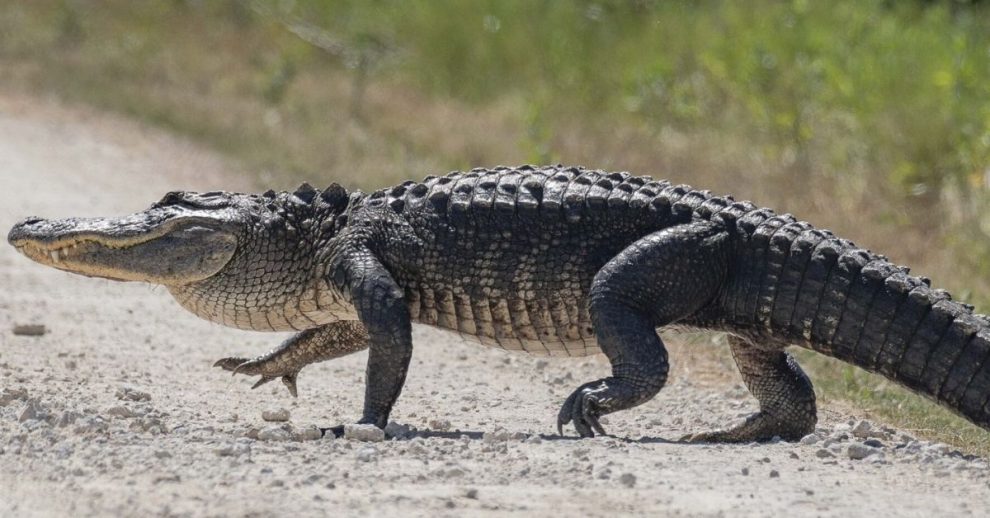A brave small bird who enters the mouth of a crocodile and takes the little food stuck in her jaws. Egyptian Plover is known as the “Crocodile Bird” Crocodiles are the fun part, never mind!
The Egyptian Plover
Symbiotic Process Called Mutualism
Both the bird and the crocodile flourish in the presence of each other. It is a system called ‘mutualism’ in which the two species live and profit from harmony. While the bird is fed, the mouth of the crocodile is cleaned. The crocodile’s mouth should be clean rather than feathery.
The birds of Crocodiles and Plover are symbiotic and exhibit the cooperation of two different species. The bird flies straight into the jaws of the crocodile, which may look frightening for the bird. The bird of plover tastes its meal by eating the meat from under the jaws of the crocodile. The crocodile is benefiting as the plover bird purifies the teeth of the crocodile by picking food in its mouth. If the crocodile wishes to cleanse his mouth, he will open it and expect the bird’s help.
If not odd, nature is nothing.
Mutualism
Acacia trees: Ants dwell in Acacia trees and feed on them. Ants reside on the acacia trees and eat on them. The host is a tree of acacia. The host is the ants. The tree is the shelter and source of food for the ants; on the other hand they are used as watchmen to safeguard the trees against insects and animals.
Plants and honey bees: bees and flowering plants are mutually beneficial to both of them. Bees collect blooms of nectar and pollen that these bees utilise to feed the entire colony. Bees in turn help pollinate flowers. Pollination helps bees to multiply flowers by spreading pollen from blossom to flower.











Add Comment